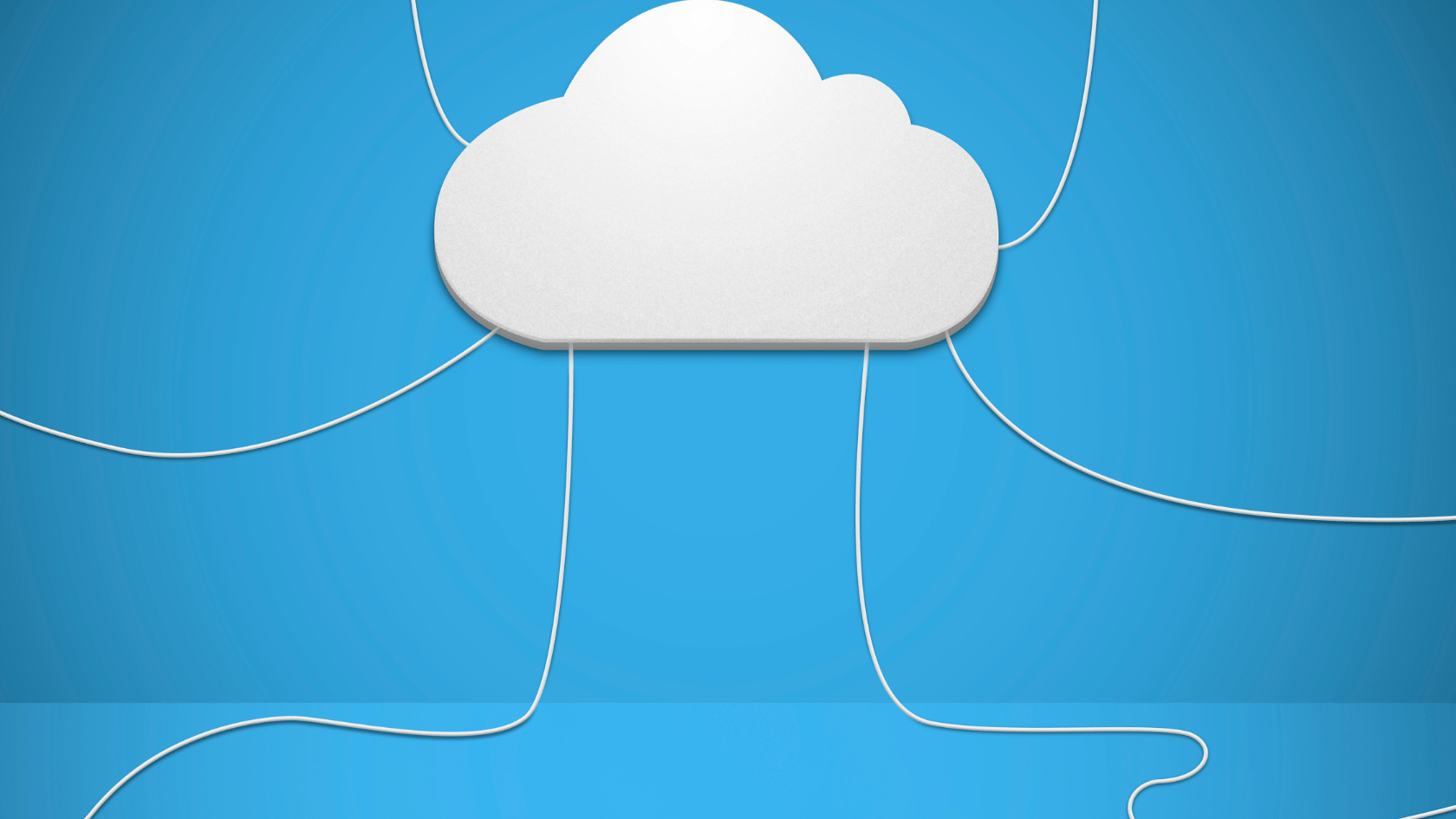The digital landscape is evolving at lightning speed, and so are the threats that come with it.
Companies must delve into the imperative for Security Operation Centers (SOCs) to revolutionize their approach in response to emerging security challenges, including the dynamic realm of Cloud data shifting.
The Cloud shifting and the huge amount of data
One of the most challenging shifts in this context is the adoption of Cloud technologies: a significant change in the way organizations manage their IT infrastructures.
According to a study by the Cloud Security Alliance, 53.1% of organizations say that managing security in cloud environments is more complex than in on premise environments. One of the most common problems is the growing amount of data that needs to be analyzed. Organizations reported an increase in costs associated with such a large amount of data that SOCs must be able to handle and analyze quickly and efficiently. As more data and applications move to the cloud, Security Operations Centers (SOCs) must adapt to ensure the monitoring of these environments.
Similar issue exists for the managing of log generated by Endpoint Detection and Response (EDR) solutions, designed to detect and respond to advanced cyber threats on endpoints, such as desktops, laptops, servers, and mobile devices. EDR solutions rely on collecting large amounts of data from various sources, including system logs, network traffic, process activity, and user behavior, to detect malicious activities and respond to it quickly. However, the huge amount of data generated by EDRs can be difficult to manage within a Security Operations Center (SOC), and awfully expensive if centralized within Security Information and Event Management (SIEM) solutions.
The blindness of traditional SOCs
According to a survey by Osterman Research, 36% of respondents said that they had experienced service quality issues with their Managed Security Service Provider (MSSP). These issues included poor responsiveness, lack of expertise, and failure to meet service level agreements. In a survey by IDG, 51% of respondents said that their SOC did not meet their security expectations and they do not provide the level of security they need.
Choosing to avoid collecting useful information (the previous huge amount of data) because of cost generates risks and makes SOCs blind and ineffective to detect suspicious activities, exposing clients to cyber threats or, at least, letting SOCs to not being able to successfully determinate the reason why alarms are triggered.
To overcome these challenges, modern SOCs must invest in advanced technologies capable of support the collection and storage of huge amount of data and implementing advanced analytics features to detect threats that may be difficult for human analysts to identify.
 The benefit of a Cloud-based SIEM
The benefit of a Cloud-based SIEM
Today, cloud based SIEM brings several benefits:
- Scalability: Cloud-based SIEM solutions can scale up. As the volume of security data grows, additional cloud resources can be added without the need for on-premises hardware upgrades.
- Profitable (cost-effectiveness): With a cloud-based SIEM solution, an organization can avoid the costs associated with purchasing and maintaining on-premises hardware and software, investing in more up-scaled and profitable solutions.
- Faster Deployment: Cloud-based SIEM solutions can be deployed faster than on-premises solutions. This is because there is no need to purchase and install hardware and software on-site, which can take weeks or even months.
- Maintenance: up-to-date infrastructure maintained and evolved leveraging new features and capabilities, without delays or deployment’s effort.
The new way to deliver SOC service: Re@ck Security Center
BIP CyberSec adopted Google as a main technology partner for its Re@ck Security Center.
Google Chronicle SIEM is a solution for handling enormous amounts of data. Google’s Cloud infrastructure provides the application architecture, which enables scalability as well as computational capacity during real-time and forensic analysis, guaranteeing speed and efficiency in the detection and response to attacks.
One of Chronicle SIEM’s competitive advantages lies in its licensing policy, which is based not on the number of events per second or storage used, but on the number of users protected. This innovative approach makes the solution more accessible and flexible and gives the Re@ck Security Center the chance to deliver a more effective monitoring service. Due to the massive volume of relevant data gathered and processed, the system can recognize the actual threat (or not) of triggered alarms.
Google Chronicle SIEM represents a highly effective tool for security analysis, capable of processing, enriching, and displaying events optimally for the Re@ck Security Center analysts. Also, its Threat Intelligence tool enables the rapid detection and classification of Indicators of Compromise (IoCs), while log enrichment, with contextual data on users and assets, allows the Re@ck Security Center analysts to present events already significant from a business and enterprise risk perspective.
In addition, Chronicle SIEM is natively integrated with a Security Orchestration, Automation and Response (SOAR) solution that allows the automation of response phase through integration with over 200 solutions for the enrichment of analyzed data and the execution of containment and mitigation actions.
 Why did BIP CyberSec invest in a proprietary Security Operation Center in partnership with Google Cloud?
Why did BIP CyberSec invest in a proprietary Security Operation Center in partnership with Google Cloud?
After a decade of security advising organisations which operate in all the main sectors, we faced a change in the top management’s perception of cybersecurity threats. The need expressed these days is to mitigate cybersecurity risks effectively and promptly, saving time and efforts speeding valuable analysis.
For ten years, we had been the experts in implementing risk analysis and cybersecurity measures to avert dangerous economic impacts for organisations. But we realized that human analysis wasn’t enough. We needed the latest technology to build a cutting-edge security operation service that could combine our skills and expertise with automated procedures that reacted to cyber threats in no time. In Google Cloud, we’ve found the ideal partner.
Thanks to the automation of detection and response for known events, for example, free up valuable time that the Re@ck analysts can invested in more useful activities, the most important of which is threat hunting, i.e., the search for potential threats not yet known.
The Re@ck Security Center and Google Cloud technology can also integrate BIP CyberSec full list of services, such as War Room Management, Digital Forensics, Intelligence Services (VIP Monitoring, Data and Credential Leak Monitoring, Anti-phishing, Brand Monitoring), to provide an end-to-end Security Operation Center.
Learn more about our new Re@ck Security Center!



